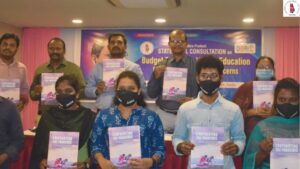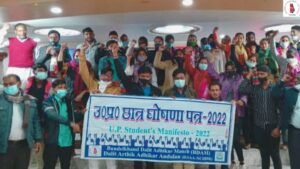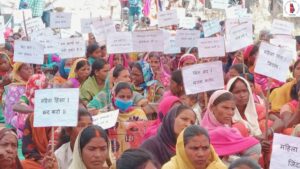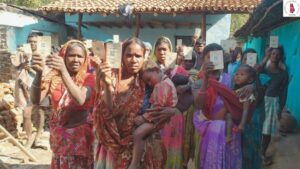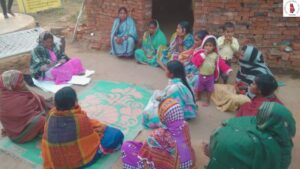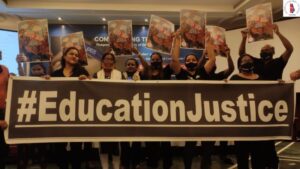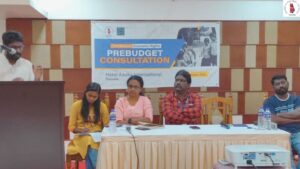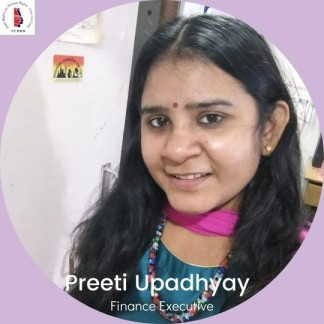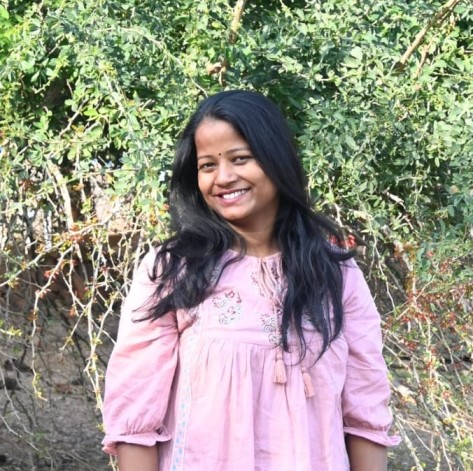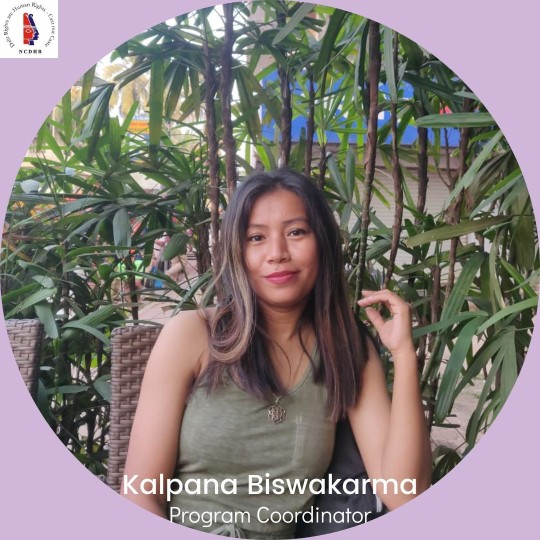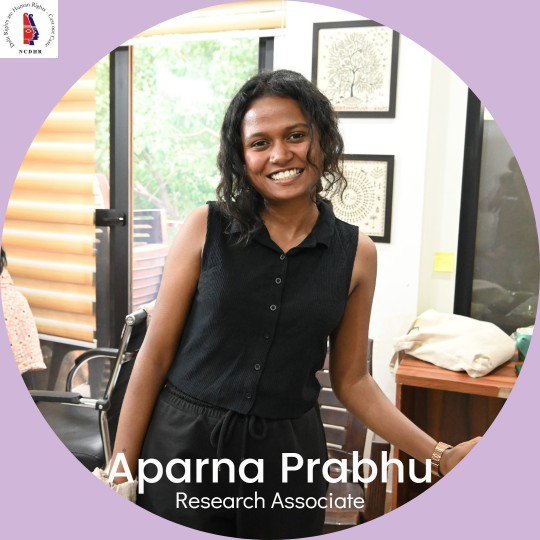Overview
SOCIO-ECONOMIC BACKGROUND
“a way of life which recognizes liberty, equality and fraternity as the principles of life. These principles … are not to be treated as separate items in a trinity. They form a union of trinity in the sense that to divorce one from the other is to defeat the very purpose of democracy.”
— B.R. Ambedkar (Three Historical Addresses 1999:53).
Dalit and Adivasi community constitutes, 25% of the population according to 2011 census. However, it continues to be a community that faces social inequality often finds itself deprived even in the area of economic development. 36.8% of Dalits and 47.3% Adivasi are living below the poverty line. Making India as a society standing on contradictions. On the one hand, it is perhaps the only society that relegates, a certain section of the society to inequality and margins, devoid of human rights, dignity of labour and social equality. On the other, it takes pride in being the largest democracy in the world and guaranteeing to its people equality.
In this background of cementing these socio-economic differences, the work of Dalit Arthik Adhikar Andolan (henceforth DAAA) located.
WHY WORK WITH BUDGETS
Budgets are a government’s annual financial statement. It is the most powerful economic tool to meet the demands of poor and marginalised communities.
Government budgets translate a government’s policies, political commitments, and goals into action. Budgets determine decisions on how much revenue is needed, how it plans to raise it, and how to use these funds to meet the country’s competing needs, from bolstering security to improving health care to alleviating poverty.
Since budgets impact all of us, it is important to understand the working of budgets to ensure adequate allocation and proper implementation of schemes.
DAAA works towards securing and strengthening rights of Dalit and Adivasi through the Constitutional provisions of budgetary allocation. It makes strategic intervention in budgeting, planning, allocation and implementation via advocacy and research, through a thorough monitoring of funds allocated under special component plan for SC/ST. The government has initiated the Scheduled Caste Sub Plan and Tribal Sub Plan, as an integral part of the SC/ST welfare fund.
WHAT ARE THE SUB-PLANS?
The sub-plans—Scheduled Caste Sub Plan and Tribal Sub Plan SCSP-TSP— were formulated as a mechanism for allocating plan fund towards the development of SCs and STs across Central Ministry and all departments in the state in proportion to SC/ST population. However the review of the allocations under special component plan for the last three decades shows that its implementation has been deficit both at the centre and at the state level. It was this denial that DAAA responded with respect to economic, housing and educational rights and entitlements of the community. DAAA’s key emphasis is on Budget tracking and enabling Dalit & Adivasi communities towards utilisation of allocated funds towards their developments.
Government of India launched flagship plans called Special Component Plan and Tribal Sub Plan (TSP) for the SC and ST communities respectively. The TSP was launched in 1974 and later, on the same line SCSP was launched in 1979-80.
Under SCSP/TSP, the Central Government and State Government need to allocate development (plan) fund in proportion to their population. This fund is to be utilised by the government towards the development and welfare of Dalit and Adivasi communities. The Central Government’s average national population[2]of SC/ST is to be considered at 16.6% for SC and 8.6 % for ST while for the State Governments’ applicable percentage population varies from state to state.
Mandates of SCSP/TSP are as follows:
- Allocation of Plan Fund of the State / Union under SCSP/TSP in proportion to SC/ST population– Setting aside a proportion of the total Plan outlays of the Centre and states that is in proportion to the population of SCs/STs at the national and state level, for their development. Encouraging participation of the concerned communities, CSOs and experts in planning, implementation and evaluation of these schemes.
- Fund should be non lapsable and non divertible.
- Fund should be spent only on those schemes that directly benefit individuals, families and hamlets belonging to SC/ST Community
More than 30years since the institution of the sub-plans the Dalit and Adivasi community continue to fair poorly with respect to their access to their economic rights. Allocation under the sub-plans continues to be meagre and its implementation reflects lack of political will.
Dalit Arthik Adhikar Andolan (DAAA) is one of the units of SWADHIKAR, looks into the economic rights of Dalits and Adivasis with specific focus on public entitlements towards discrimination free access to education and entrepreneurship related schemes and entitlements. It works on inclusion and promotion of the Dalits and Adivasis in the economy of the country from Panchayat to International Forums.
Publication
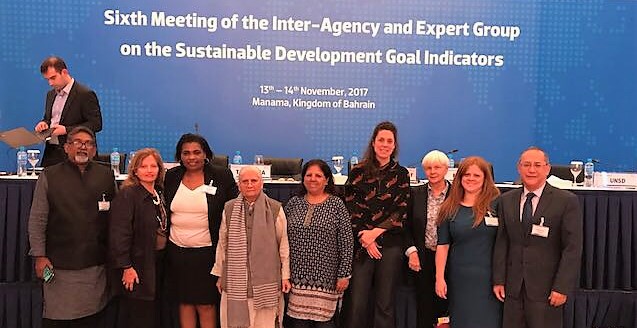
Stake Holder Statement: Data Disaggregation
Areas Of Work
To track budgets and ensure access of economic rights by the community the movement analyses Union and budgets of 15 states. In addition we also analyse government economic policies like— policy to merge the plan and non-plan, and 14thFinance Commission recommendations.
In addition thematic research is conducted on— higher education, gender budgeting, Tribal Sub Plan, Status of Sub-Plan implementation, child rights and access to schemes at Panchayat level.
Any analysis is incomplete without linking it to its logical end. In order to ensure Dalit and Adivasi communities’ access to economic rights, the movement works through national and state level advocacy on budget analysis. We conduct with Panchayat members, and submit memorandums are all levels of governance.
Based on the budget analysis both under the sub-plans as well as thematic, extensive advocacy is conducted from national to international level, making necessary interventions at every stage.
‘The backward classes have come to realize that after all education is the greatest material benefit for which they can fight. We may forego material benefits, we may forego material benefits of civilization, but we cannot forego our right and opportunities to reap the benefit of the highest education to the fullest extent. That is the importance of this question from the point of view of the backward classes who have just realized that without education their existence is not safe.’
— B.R. AMBEDKAR
The suicide of a Dalit PhD scholar, Rohit Vemula saw a coming together of Dalit-Adivasi students to demand their right to higher education. In the light of these developments, we launched a campaign in 13 states namely UP, Bihar, Maharashtra, Tamil Nadu, Kerala, Karnataka, Andhra Pradesh, Rajasthan, Odisha, Gujarat, Madhya Pradesh and Jharkhand on higher education.
Our experience of working with students over the years through CADRE, brought to fore, rampant instances of discrimination and exclusion being closely tied to absence of financial assistance and absence of structures to address instances of discrimination and exclusion. Such a scenario called for a renewed urgent need to address the underlying reasons for discrimination and exclusion rampant in higher educational institutions. The campaign was designed to make necessary intervention to ensure equal and equitable access to higher education by Dalit and Adivasi students.
All the states focussed on organising student meeting, CSO/CLO outreach, filling Post Matric Scholarship forms, filling RTIs and conducting advocacy to ensure Dalit and Adivasi students’ access to education.
Where We Work
- Haryana
- Uttar Pradesh
- Bihar
- Jharkhand
- Odisha
- Andhra Pradesh
- Tamil Nadu
- Kerala
- Karnataka
- Maharashtra
- Gujarat
- Rajasthan

